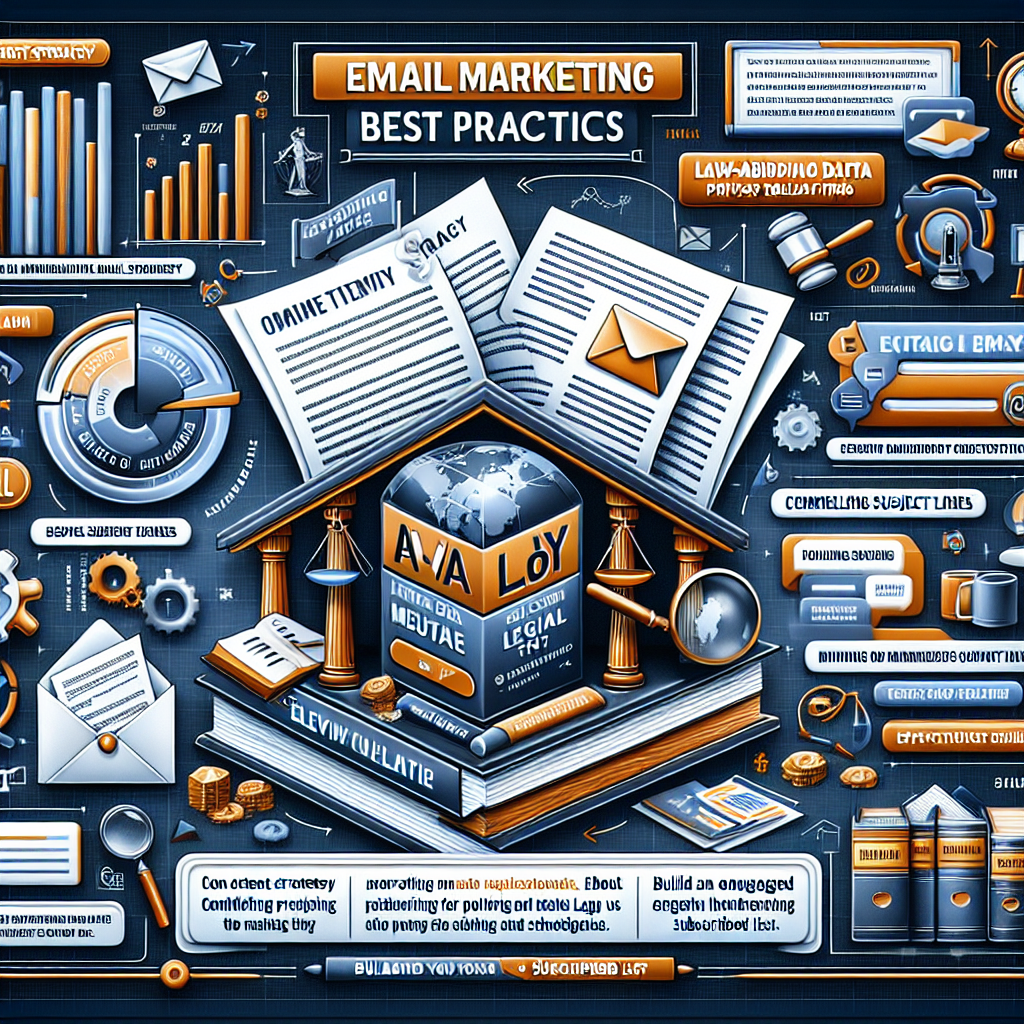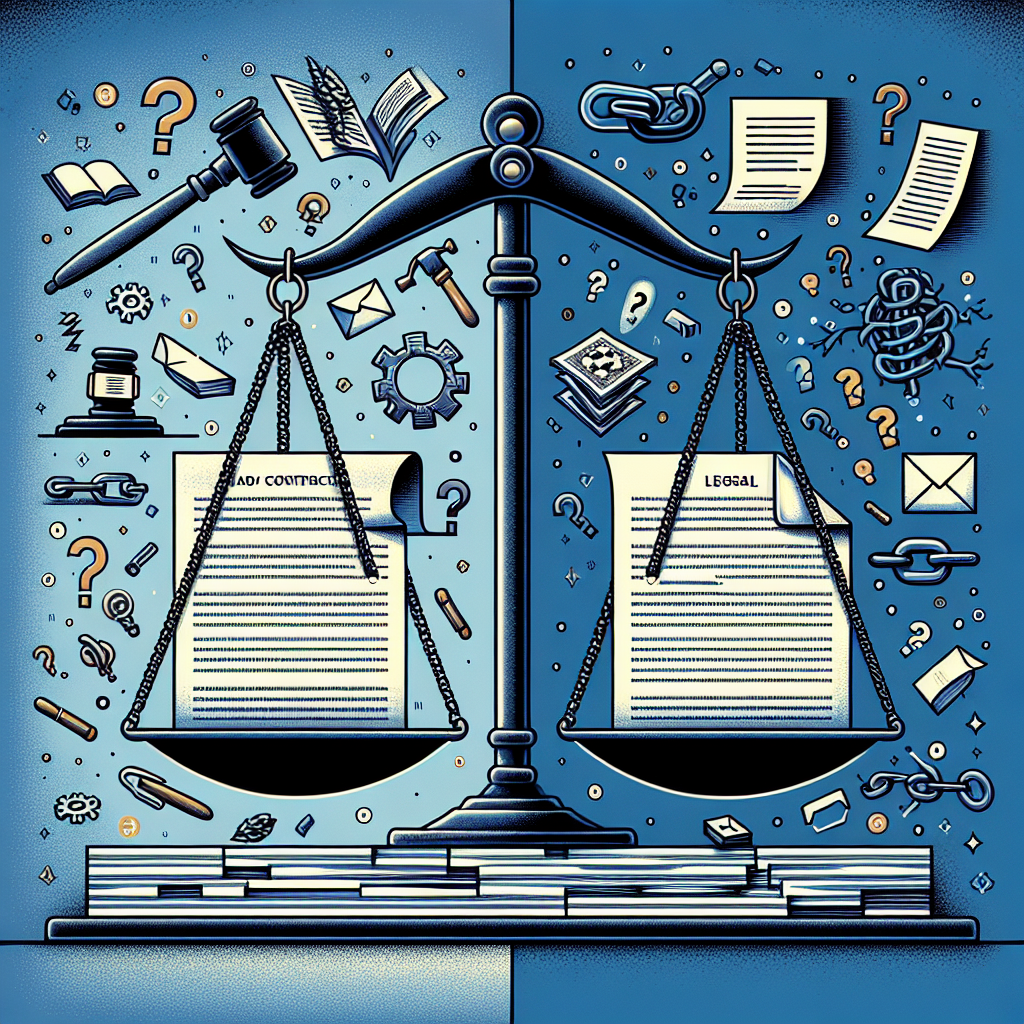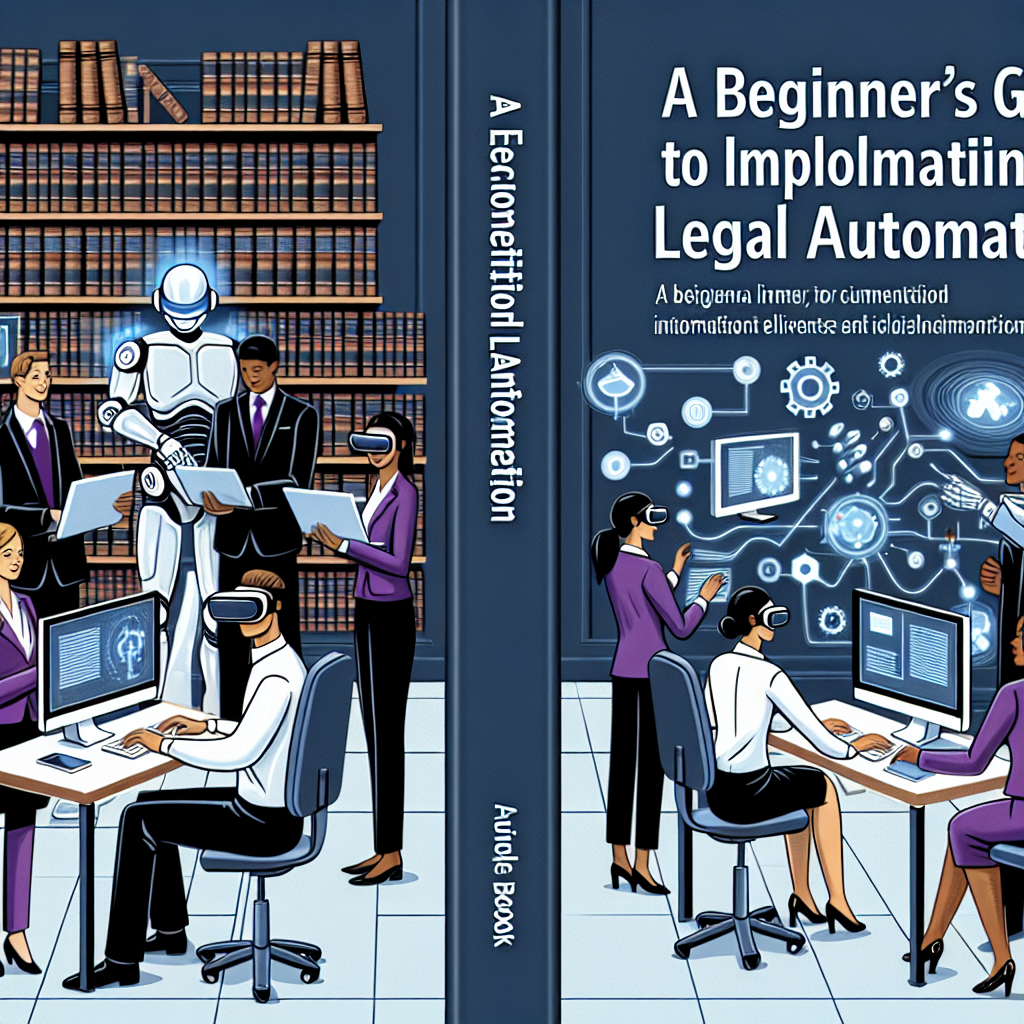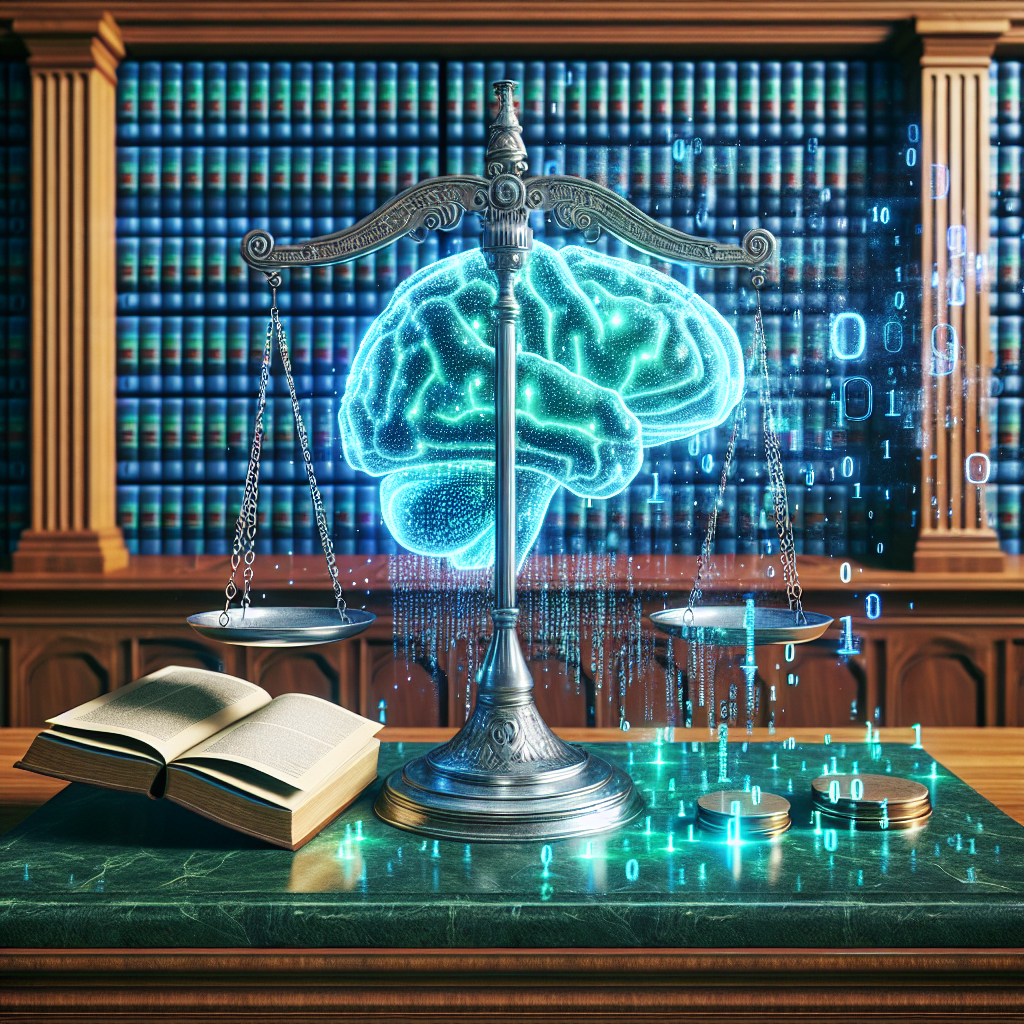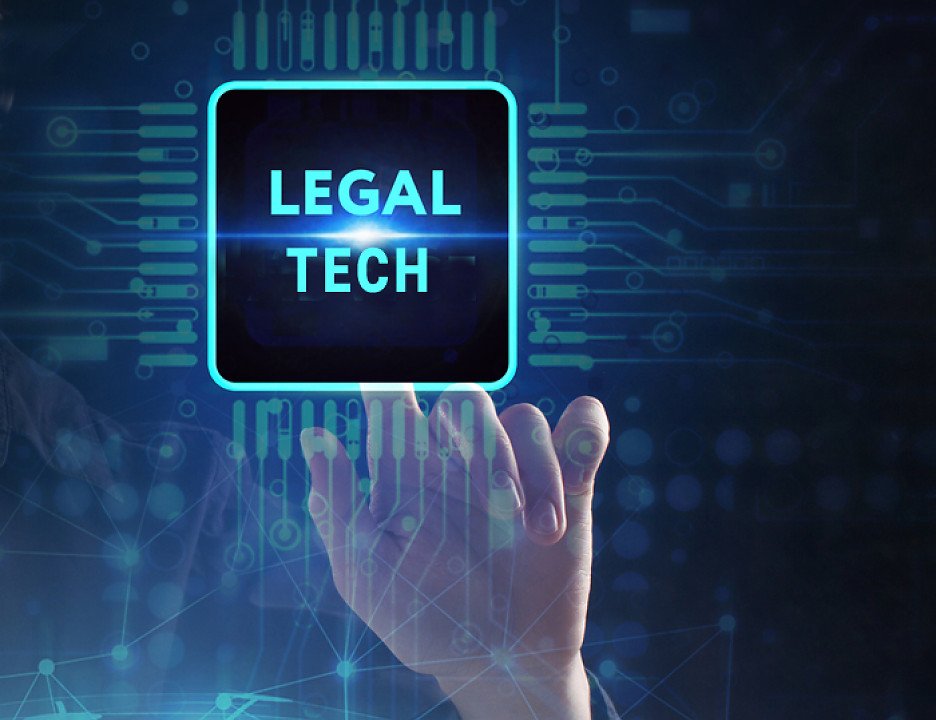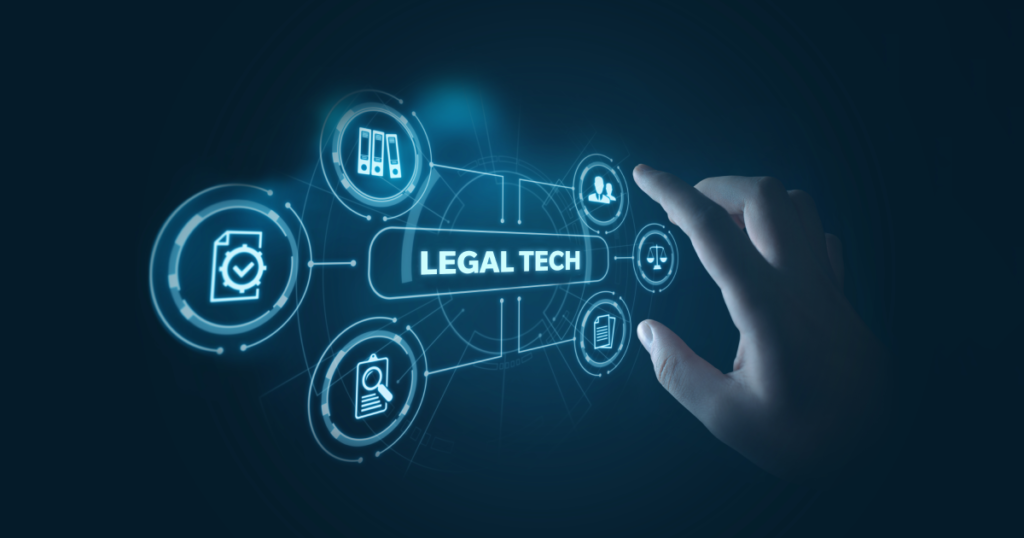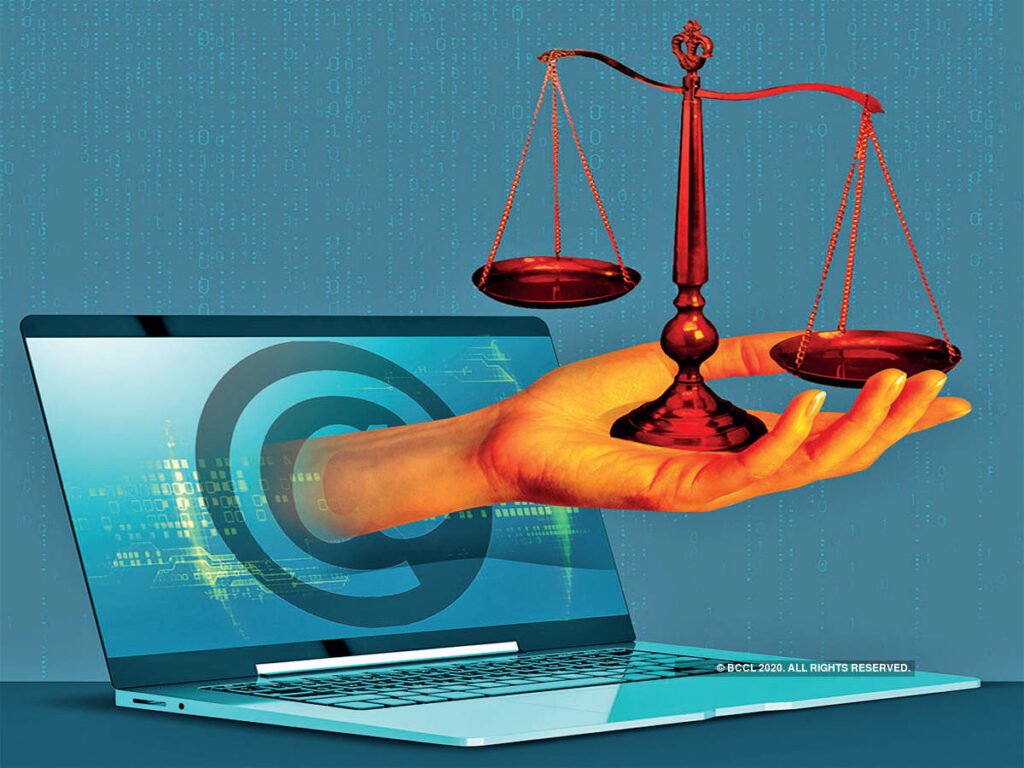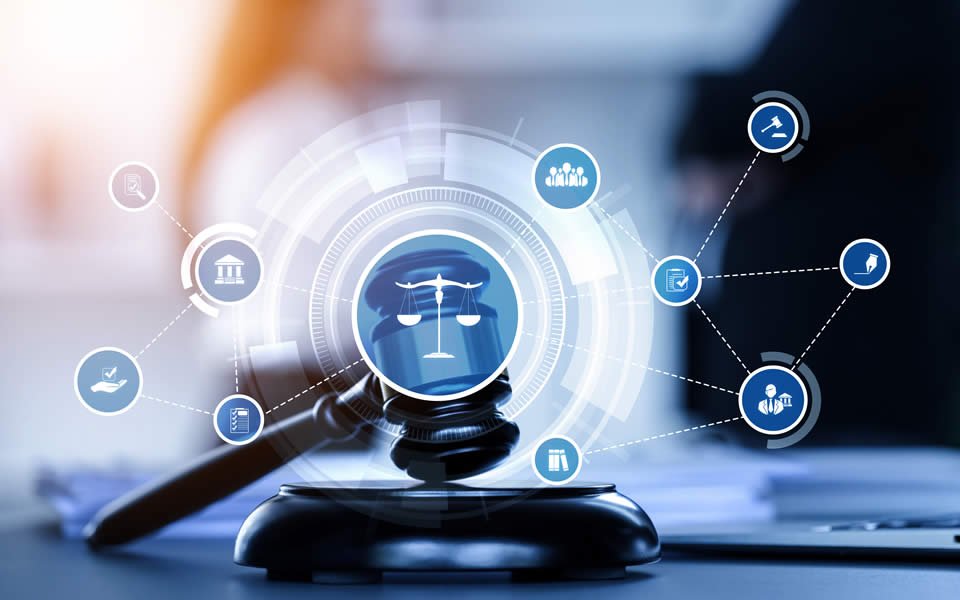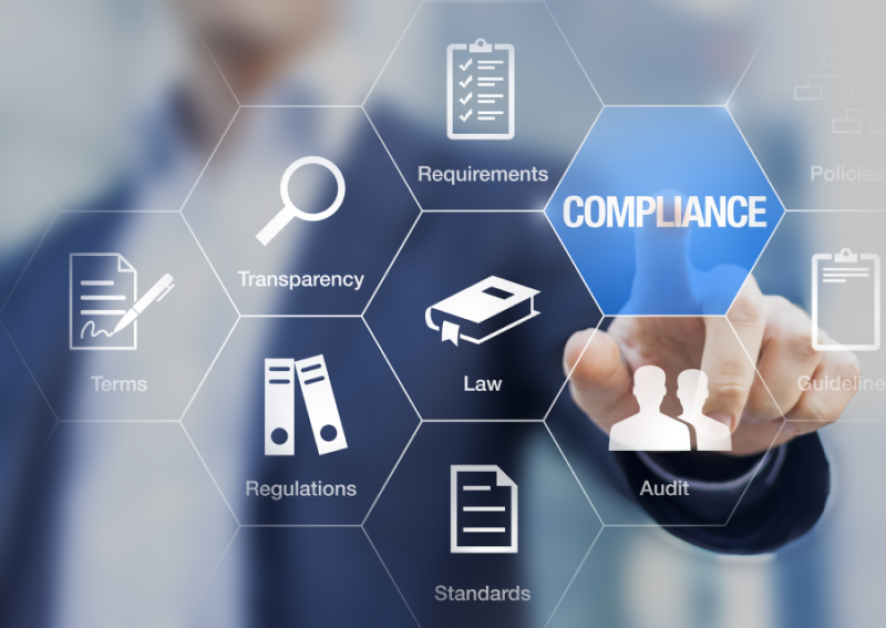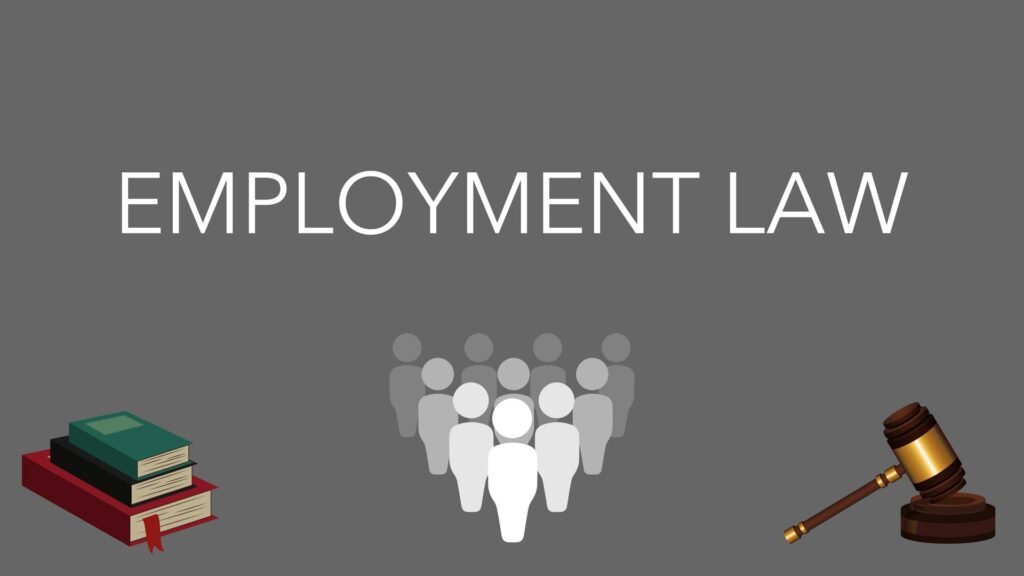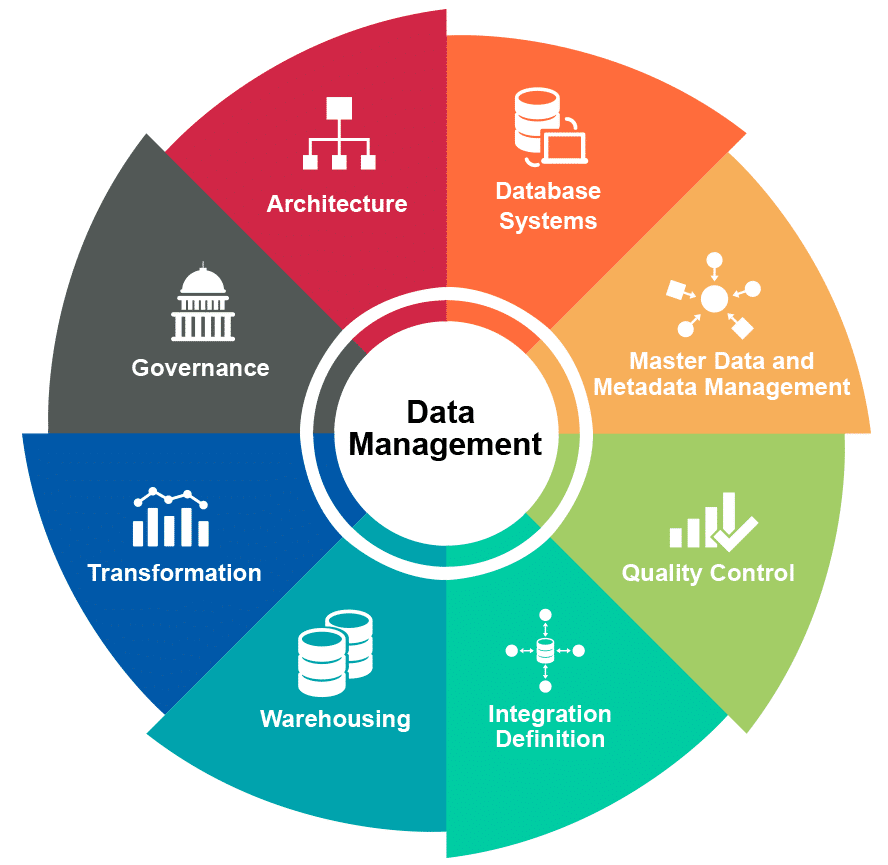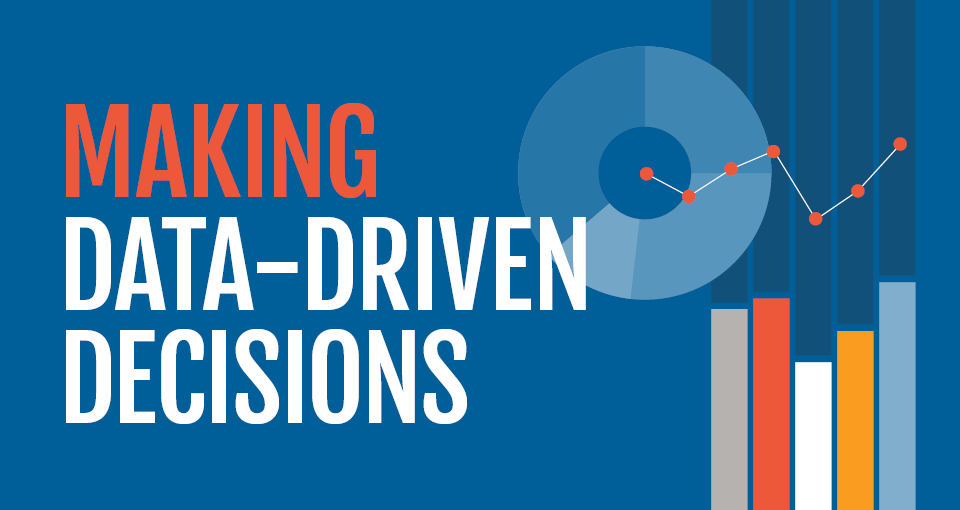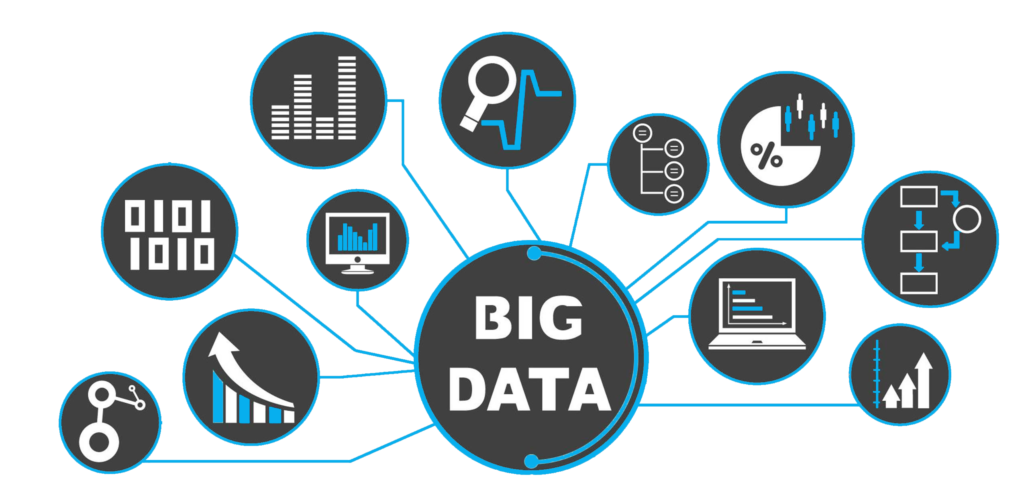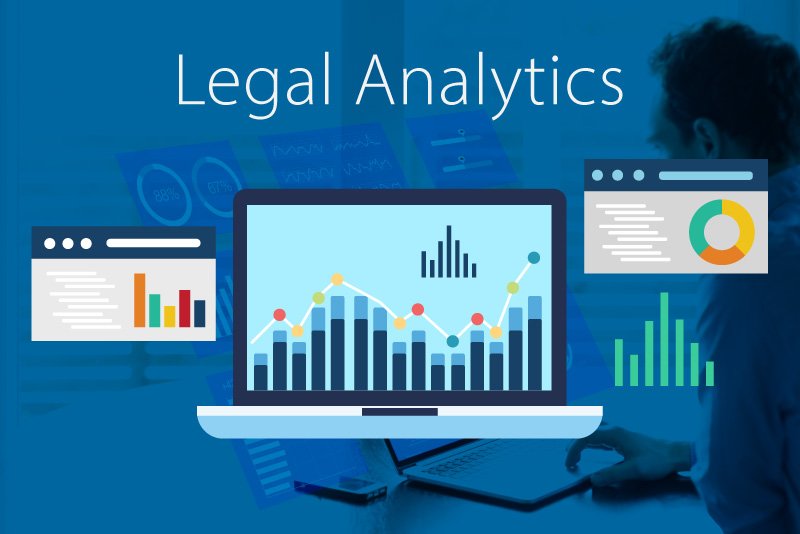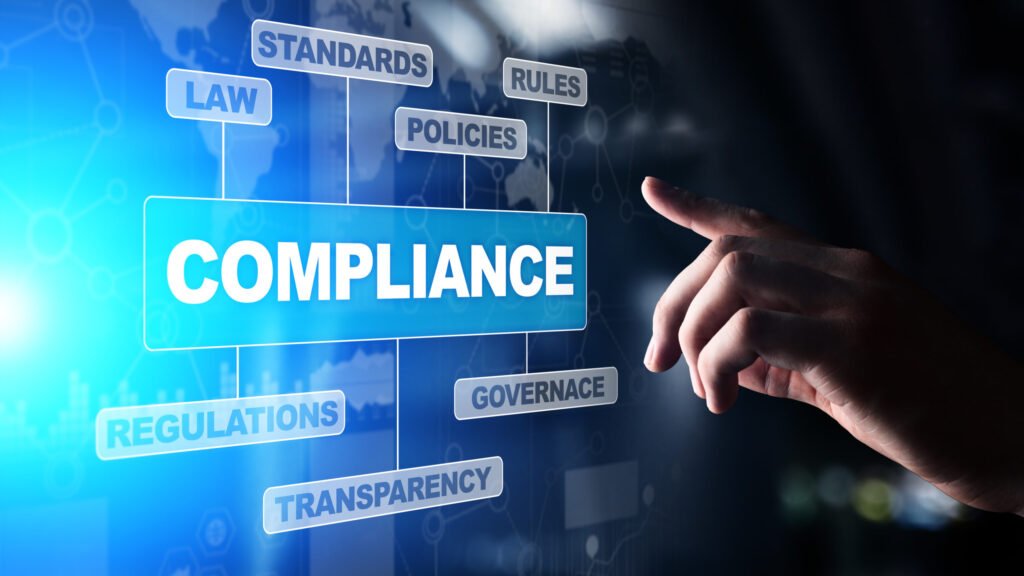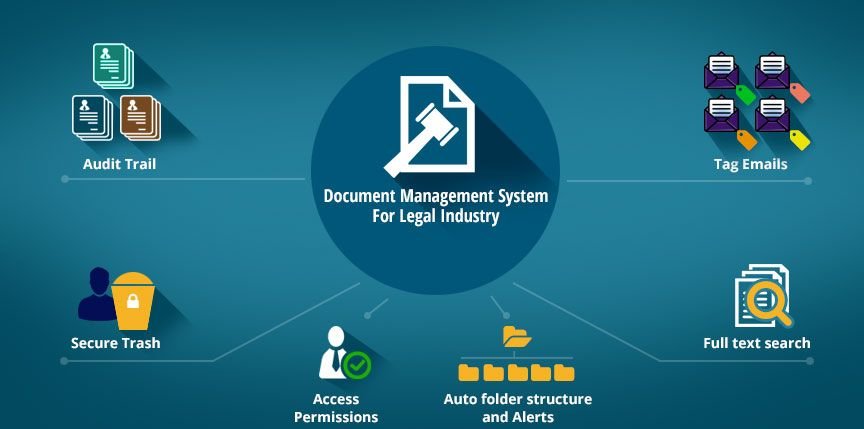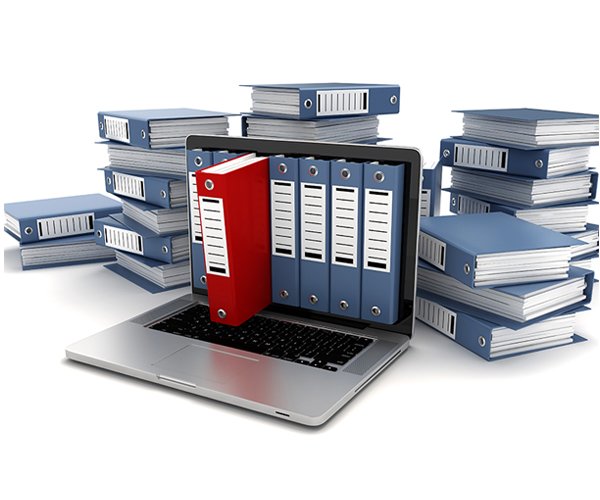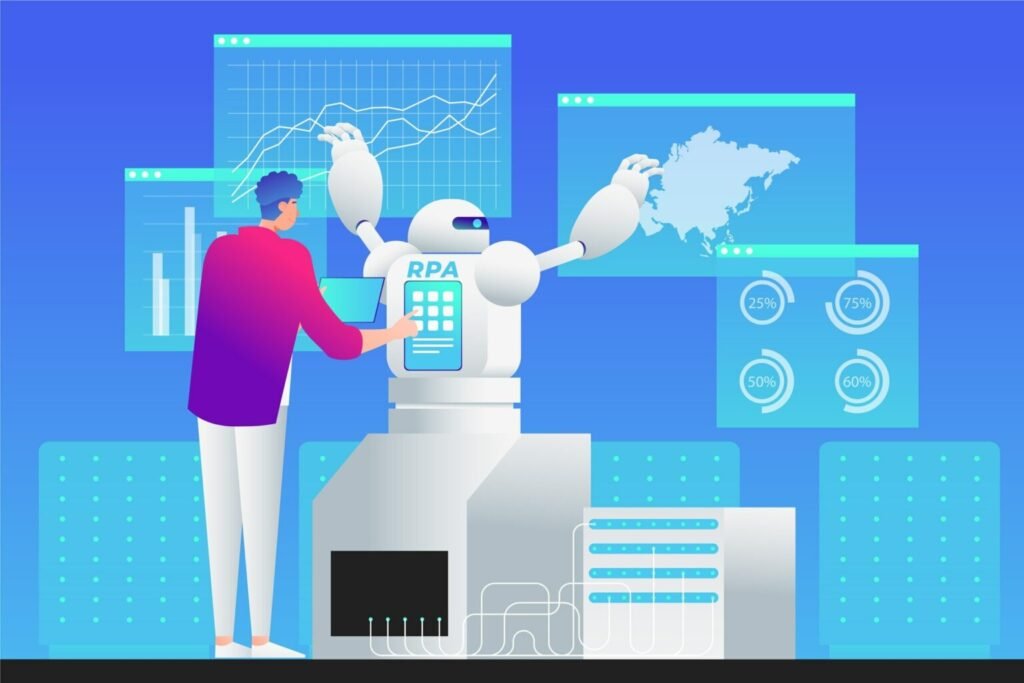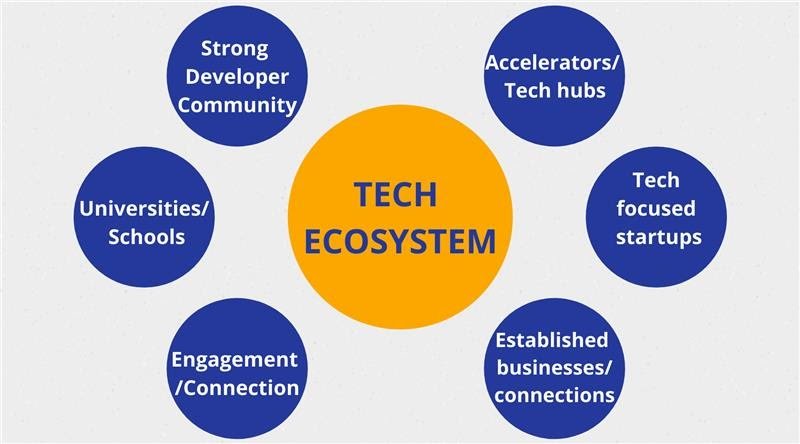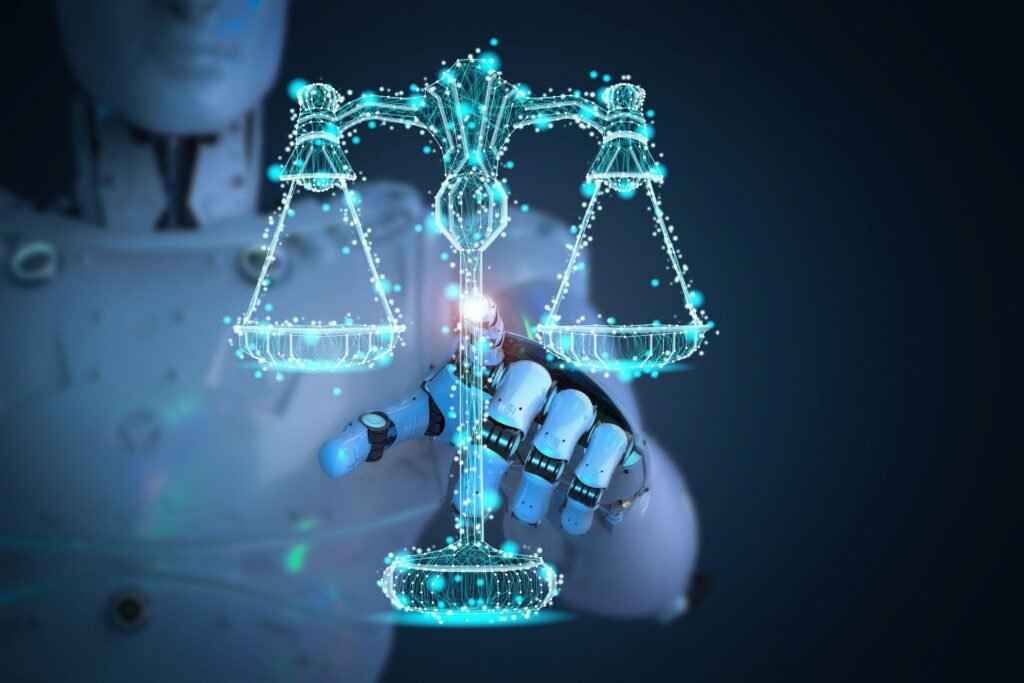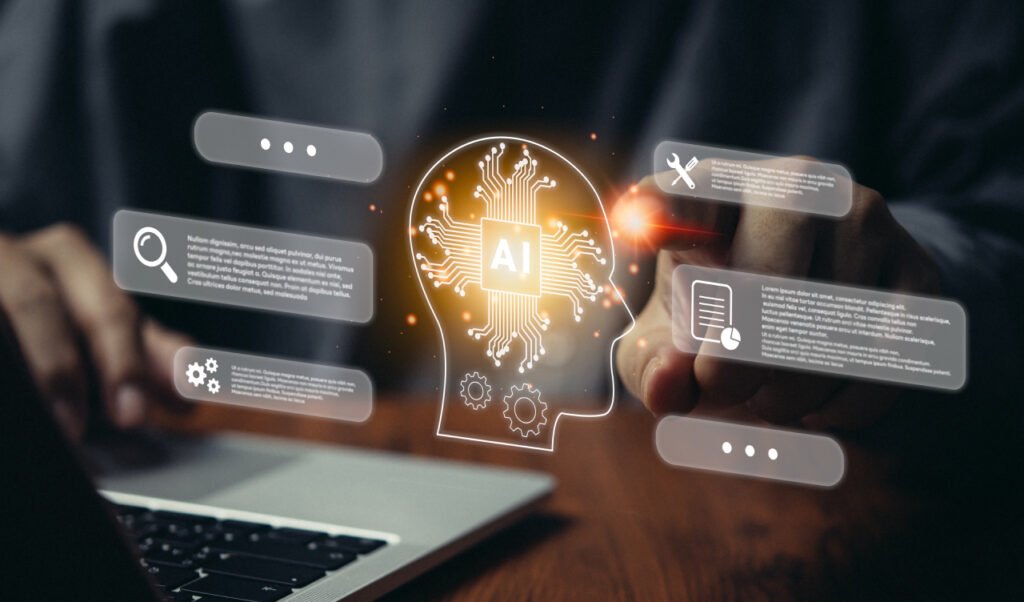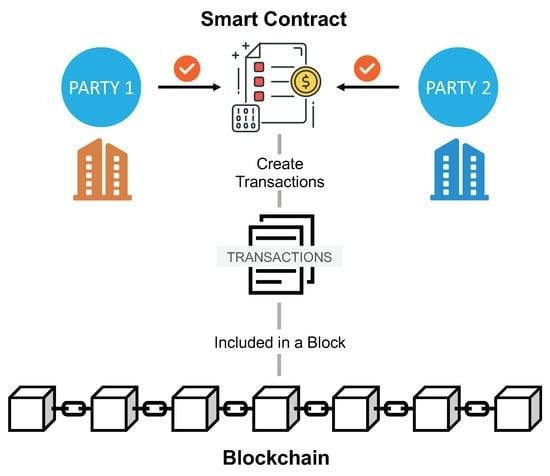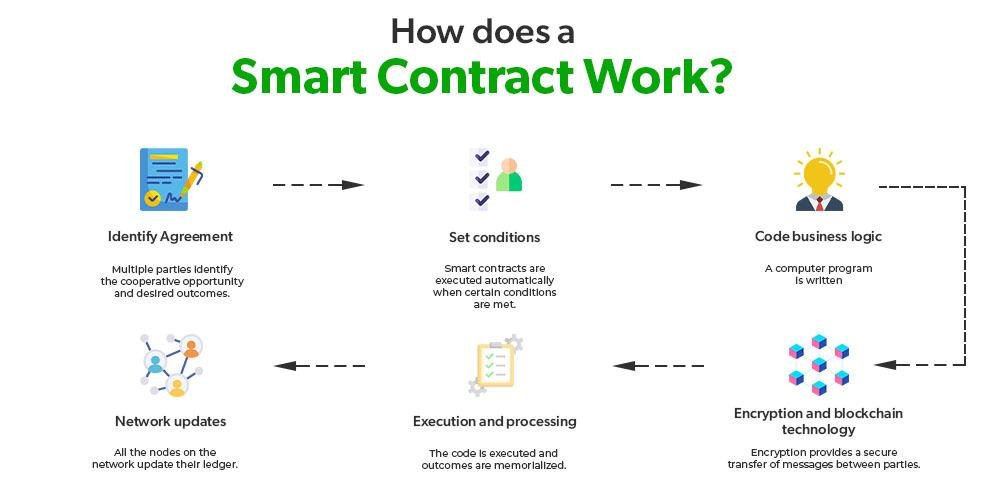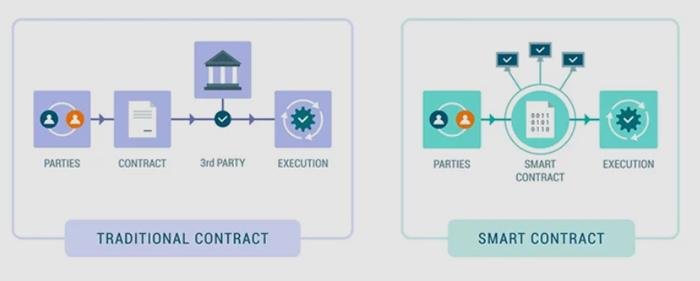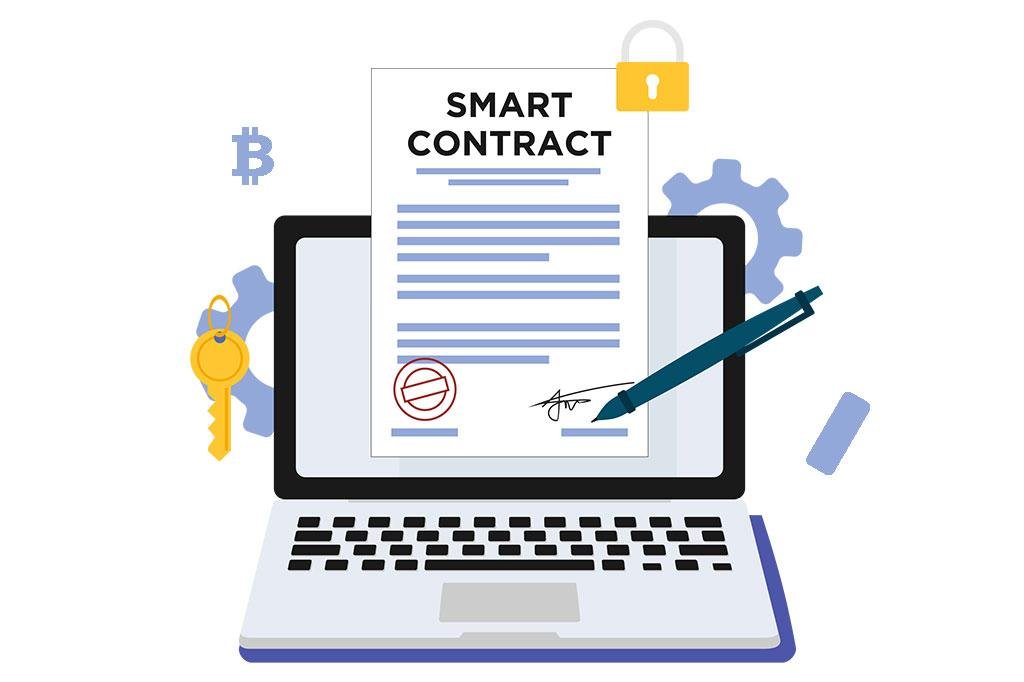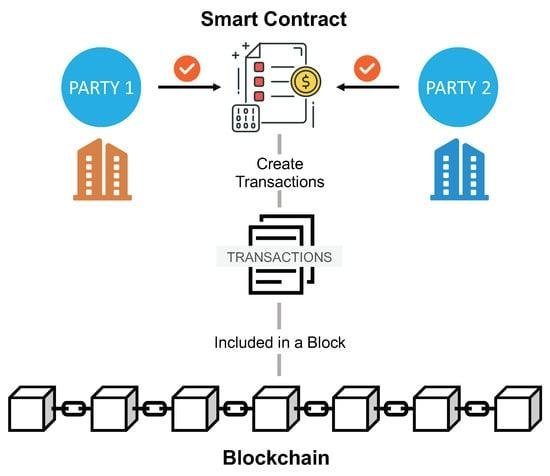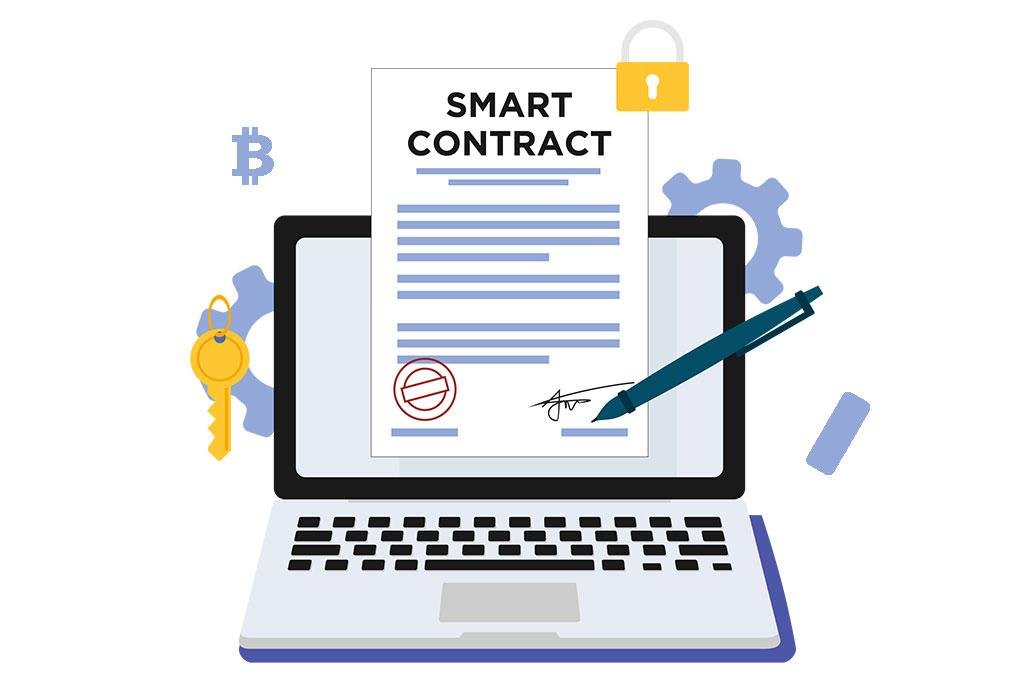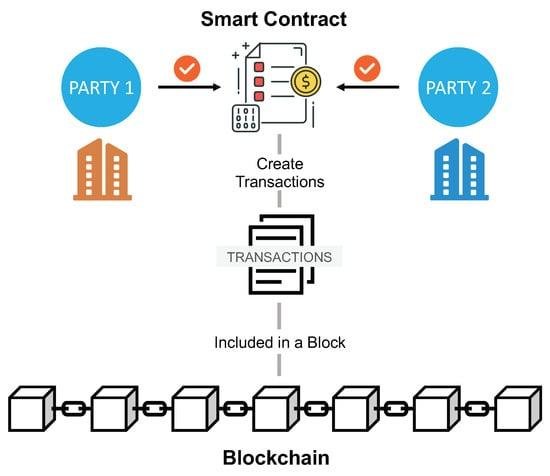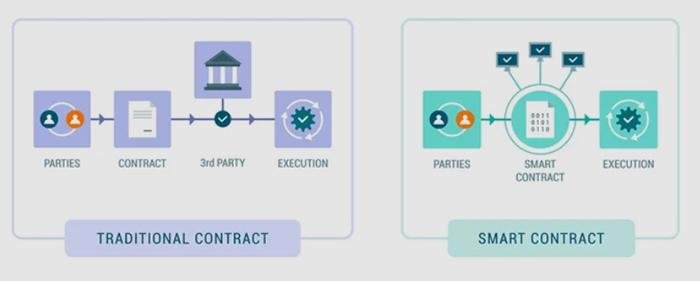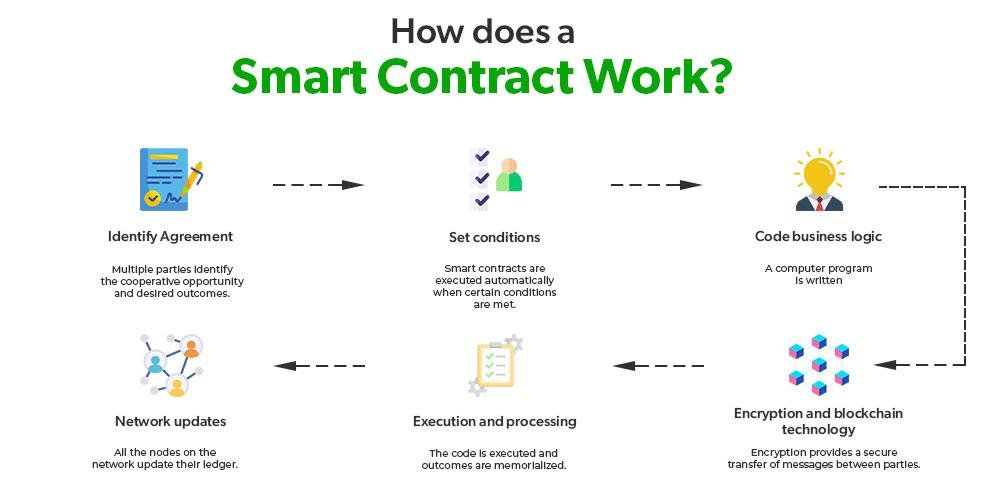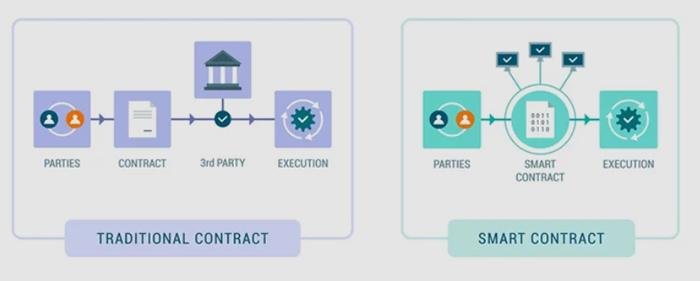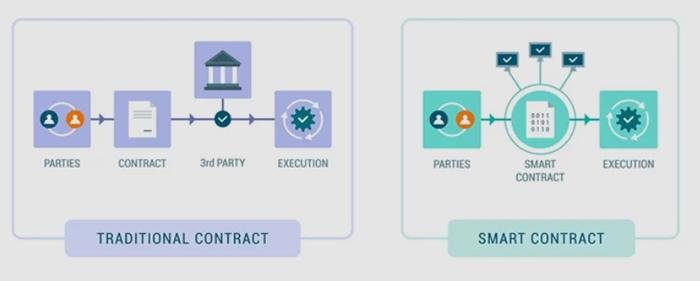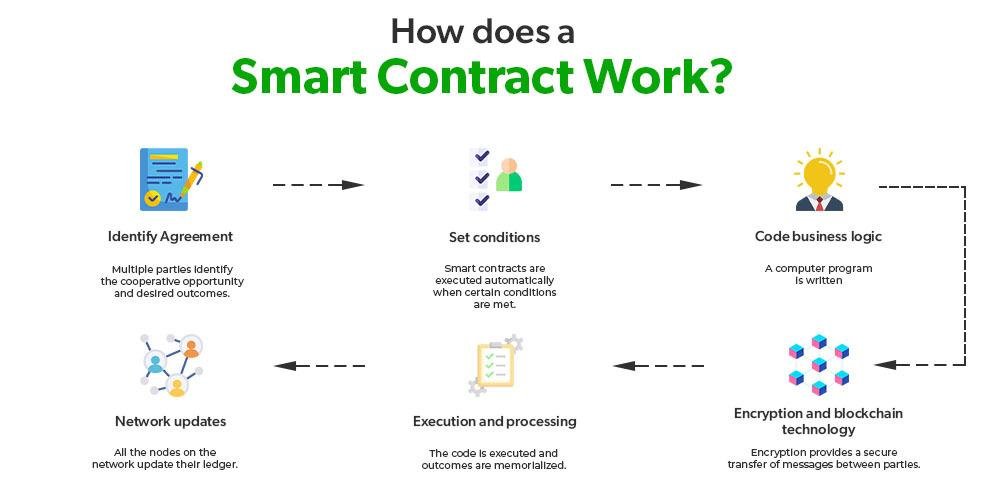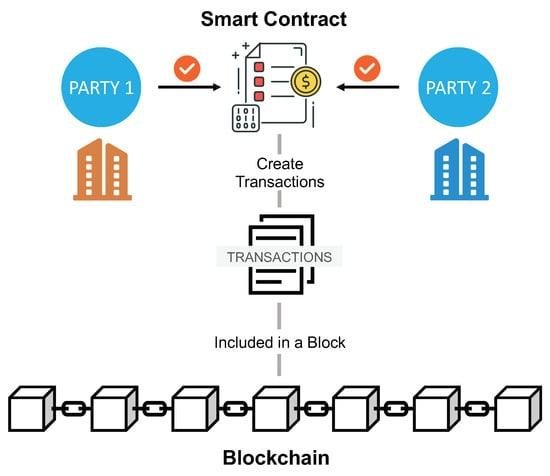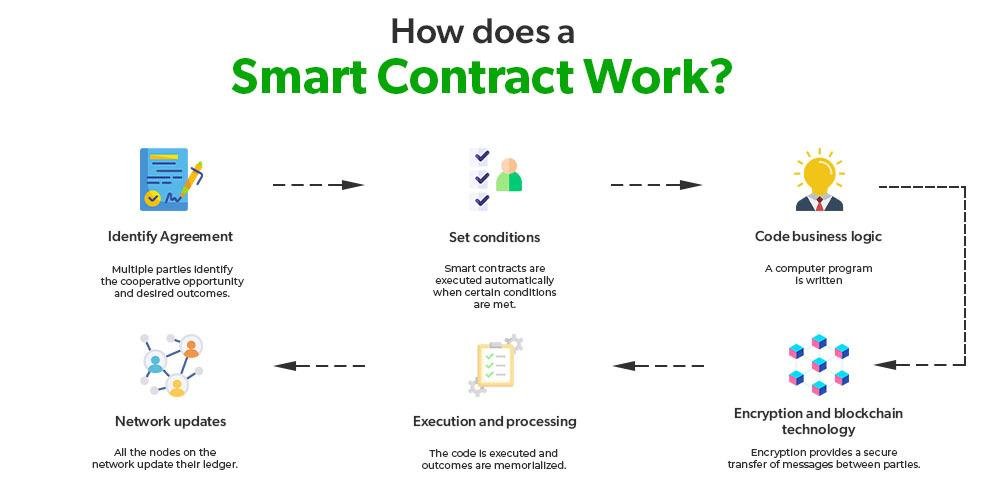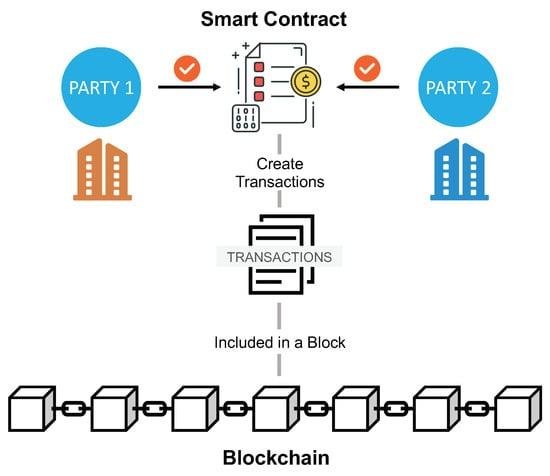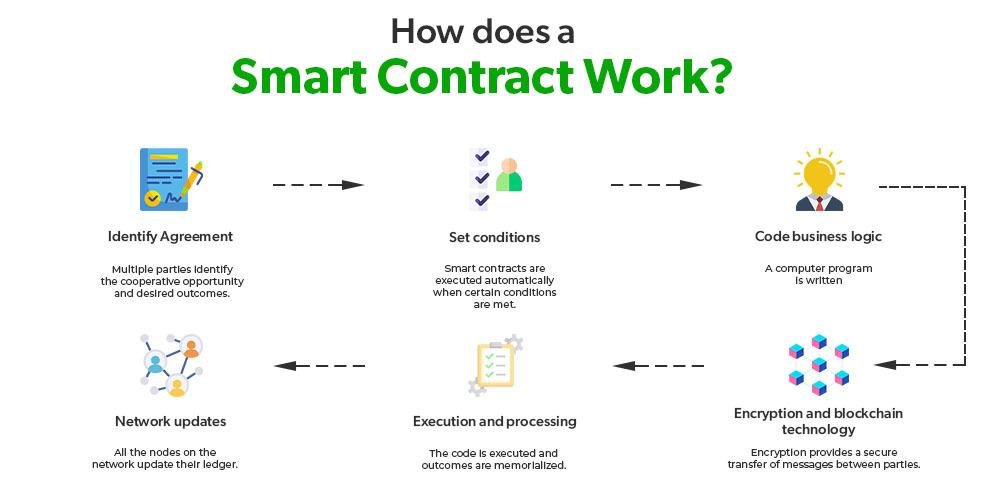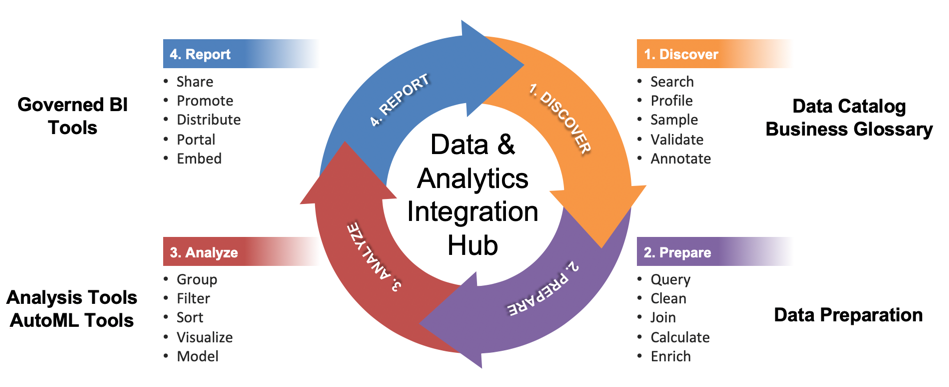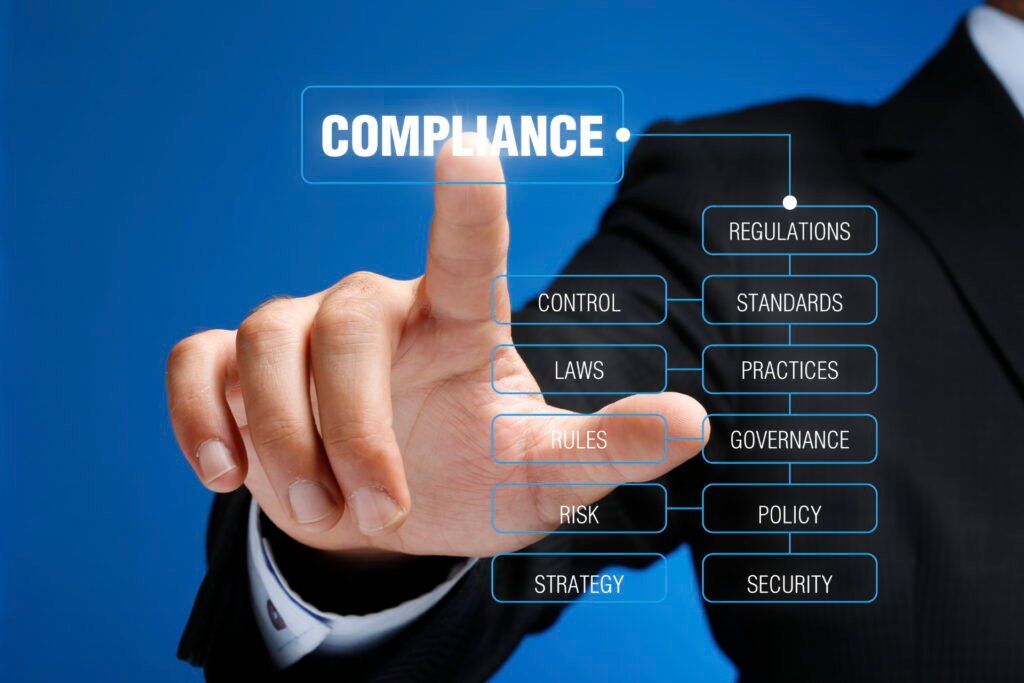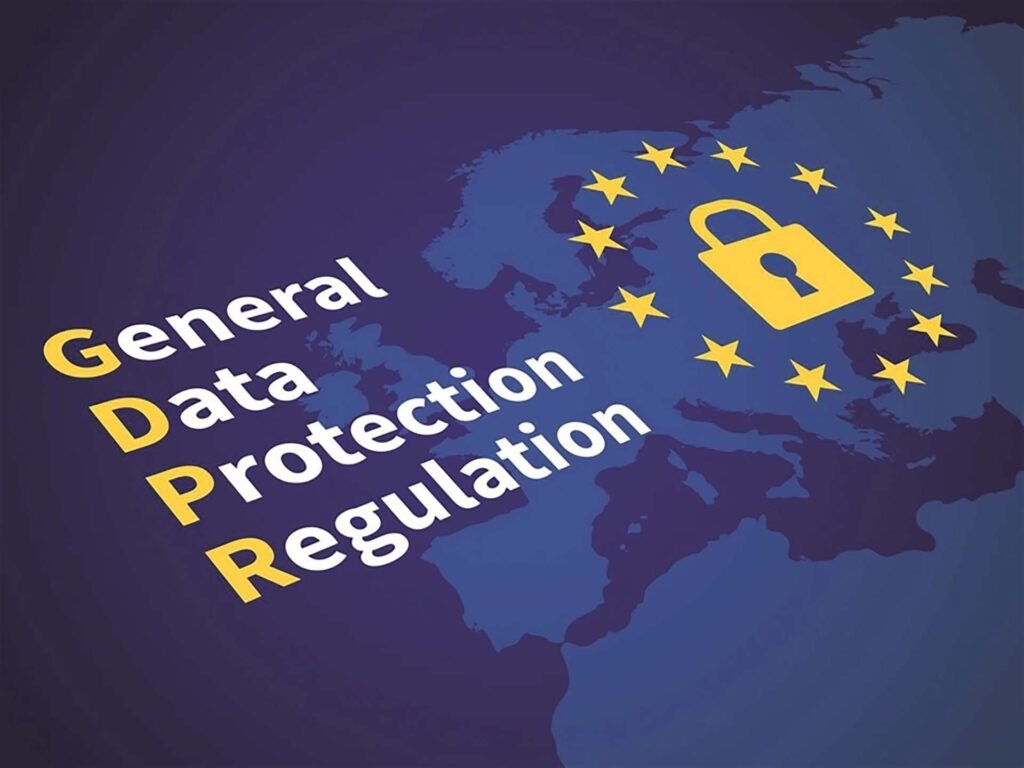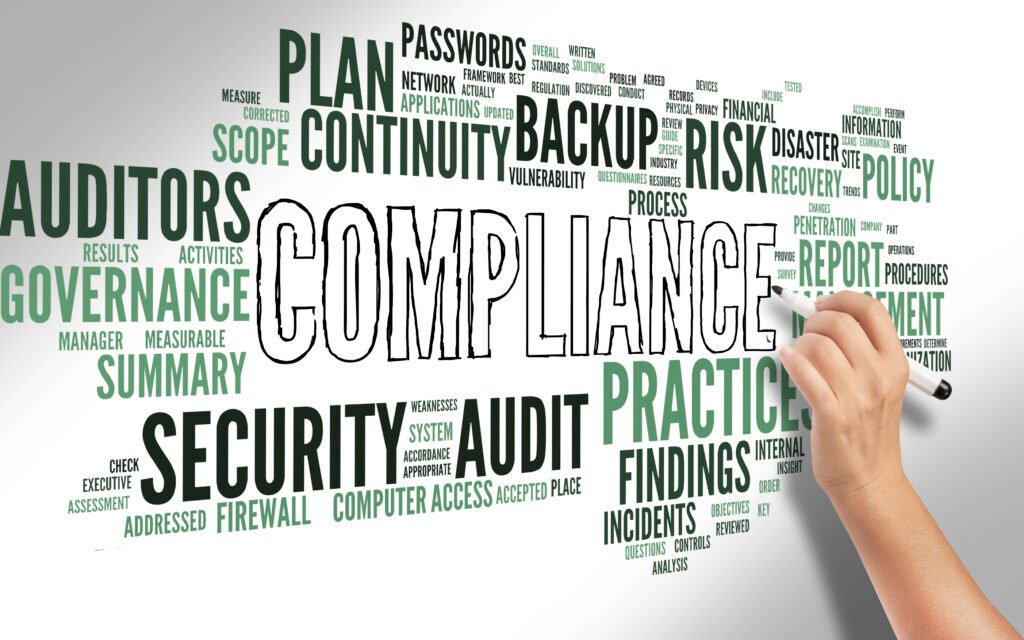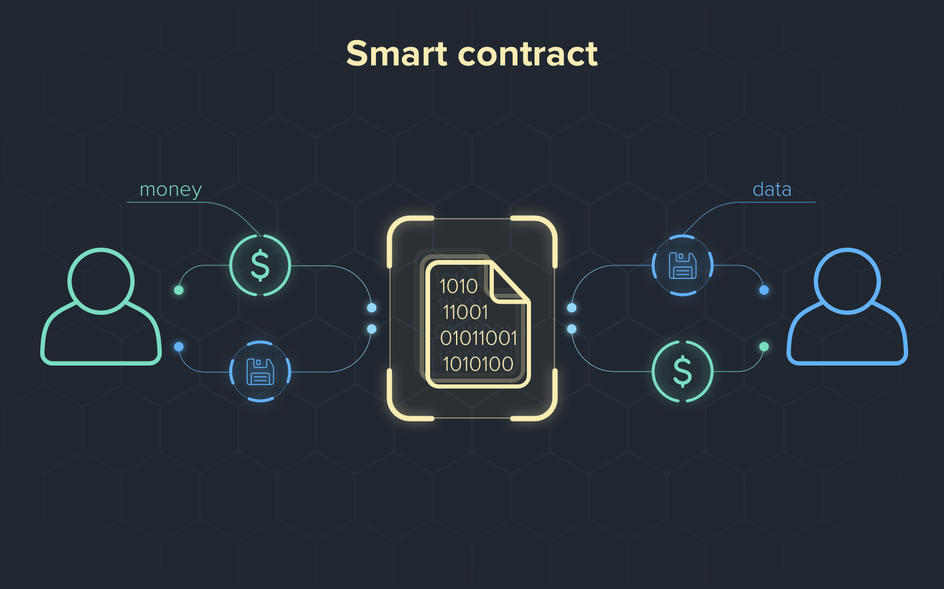Predictive Coding in E-Discovery: How AI is Making a Difference

Table of Contents
- Introduction
- Understanding Predictive Coding in E-Discovery
- The Role of AI in Enhancing Predictive Coding Accuracy
- Benefits of Predictive Coding for Legal Professionals
- Challenges and Limitations of Predictive Coding in E-Discovery
- Case Studies: Successful Implementation of Predictive Coding
- Future Trends in Predictive Coding and AI in E-Discovery
- Conclusion
Introduction
Predictive coding in e-discovery is a game-changing tool for managing large amounts of electronic data in legal cases. By using artificial intelligence, it automates the identification of relevant documents, enhancing both efficiency and accuracy. This technology analyzes data patterns to prioritize key documents, allowing legal teams to focus on what’s most important. As a result, predictive coding reduces the time and costs of traditional reviews while improving the quality of the discovery process. With the increasing complexity of data, it’s becoming essential for legal professionals to effectively handle modern litigation challenges.
Understanding Predictive Coding in E-Discovery
Predictive coding is changing how legal professionals handle document reviews in e-discovery. Traditionally, reviewing documents for legal cases was a slow and labor-intensive process. With the help of artificial intelligence (AI), predictive coding enhances efficiency and accuracy, allowing lawyers to focus on the most important information.
Key Features of Predictive Coding
- Automation of Document Review:
- Traditional Process: Lawyers manually sift through large amounts of data, which is time-consuming and error-prone.
- Predictive Coding: Uses machine learning to automate this process, quickly identifying relevant documents.
- Machine Learning Algorithms:
- Training Phase: Legal experts review a small set of documents and label them as relevant or not. This creates a training dataset.
- Learning Patterns: The AI model learns to recognize patterns that differentiate relevant documents from irrelevant ones.
- Efficiency and Speed:
- Reduced Manual Review: Once trained, the model can quickly process larger datasets, significantly reducing the number of documents that need human review.
- Faster Turnaround: This leads to quicker results, which is essential in today’s fast-paced legal environment.
- Consistency in Review:
- Uniform Standards: Predictive coding ensures that similar documents are treated consistently, reducing discrepancies that can arise with human reviewers.
- Maintaining Integrity: This consistency helps uphold the integrity of the legal process and strengthens the credibility of cases.
- Scalability:
- Adaptable Solutions: Predictive coding can handle the growing volume of electronic data and can adapt to different case sizes and complexities.
- Addressing Data Growth: As organizations generate more data, predictive coding provides a scalable solution to manage e-discovery effectively.
- Transparency and Defensibility:
- Court Scrutiny: Legal teams must ensure that their use of AI is transparent and can stand up to scrutiny in court.
- Documentation: Keeping detailed records of the training process and the predictive coding methodology helps strengthen the defensibility of their e-discovery efforts.
The Role of AI in Enhancing Predictive Coding Accuracy
Artificial intelligence (AI) is transforming e-discovery, particularly through predictive coding. This technology helps legal professionals efficiently analyze large volumes of electronic data. By improving accuracy and streamlining processes, AI enables teams to handle e-discovery tasks more effectively.
Key Features of AI in Predictive Coding
- Learning from Human Input:
- Initial Training: Legal experts review a sample set of documents, marking them as relevant or irrelevant. This training helps the AI understand the nuances of the data.
- Pattern Recognition: As the AI processes more documents, it identifies patterns that may not be obvious to humans, refining its predictions over time.
- Contextual Analysis:
- Understanding Relationships: AI analyzes how documents relate to one another and the specific language used within them.
- Reducing Errors: This contextual awareness helps minimize false positives (irrelevant documents marked as relevant) and false negatives (relevant documents missed).
- Streamlined Review Process:
- Automation: AI automates much of the document review process, which can be labor-intensive when done manually.
- Time Efficiency: This acceleration allows legal teams to respond more quickly to legal challenges and focus on critical information.
- Transparency and Trust:
- Interpretable Algorithms: As AI systems become more sophisticated, they also become more understandable. Legal teams can see how the AI reaches its conclusions.
- Collaborative Environment: This transparency allows human expertise to work alongside machine learning, improving the overall quality of e-discovery.
- Increasing Importance of Accuracy:
- Handling Data Volume: With the growing amount of electronic data, accurately identifying relevant documents is crucial.
- Transformative Role: AI’s involvement in predictive coding is not just helpful; it significantly changes how e-discovery is conducted.
You May Also Like: How Law Firms Can Benefit from E-Discovery Tools
Benefits of Predictive Coding for Legal Professionals

Predictive coding is a groundbreaking tool in legal technology that helps legal professionals manage e-discovery more effectively. By using artificial intelligence (AI), predictive coding simplifies the identification of relevant documents, improving both efficiency and accuracy in legal work. Here are the key benefits:
Key Benefits of Predictive Coding
- Time and Resource Savings:
- Faster Document Review: Predictive coding analyzes and categorizes documents much faster than humans can, drastically reducing the time spent on review.
- Focus on Strategy: With less time on document sorting, legal teams can concentrate on strategic tasks like case strategy and client relations.
- Improved Accuracy:
- Machine Learning: The system learns from human decisions, becoming better at recognizing relevant documents over time.
- Reduced Human Error: This technology minimizes mistakes that can impact legal outcomes, boosting confidence in the findings.
- Enhanced Collaboration:
- Better Team Insights: Rapid identification of relevant documents allows team members to share insights more effectively.
- Cohesive Case Management: Improved communication fosters teamwork and encourages the sharing of best practices among legal professionals.
- Cost Savings:
- Efficient Resource Allocation: Less time spent on document review means law firms can take on more cases or invest in other areas.
- Lower Legal Fees for Clients: Clients benefit from quicker resolutions and reduced legal costs, which is increasingly important in today’s market.
- Adaptation to Digital Transformation:
- Embracing Technology: As the legal industry evolves, predictive coding positions legal teams to better meet changing demands.
- Continuous Improvement: The use of AI fosters a culture of innovation, encouraging legal professionals to adapt to new advancements in technology.
Challenges and Limitations of Predictive Coding in E-Discovery
Predictive coding is a powerful tool in e-discovery, using artificial intelligence to help legal professionals find relevant documents in large datasets. While it offers many advantages, there are also significant challenges and limitations that need to be considered. Here are the key issues:
Key Challenges and Limitations
- Accuracy of Algorithms:
- Inconsistent Results: Predictive coding algorithms can produce varying results, especially with complex legal issues, which may lead to missing important documents or including irrelevant ones.
- Impact on Integrity: Inaccuracies can undermine the overall reliability of the e-discovery process.
- Quality of Training Data:
- Dependence on Initial Data: The effectiveness of predictive coding relies on high-quality training data. If the initial sample isn’t representative, the model may struggle to generalize.
- Resource-Intensive: Curating and selecting the right training data can be time-consuming and labor-intensive.
- Subjectivity in Legal Relevance:
- Variability in Interpretation: Different attorneys may have different views on what constitutes a relevant document, leading to bias in the predictive model.
- Training Complications: This subjectivity can complicate the training process and affect reliability.
- Need for Technical Expertise:
- Understanding Required: Legal professionals need a basic understanding of predictive coding to effectively oversee its implementation.
- Potential Barriers: This requirement may limit its use among attorneys who lack a tech background, leading firms to invest in training or hire specialists, which can increase costs.
- Evolving Legal Landscape:
- Changing Regulations: New regulations and standards can impact the use of predictive coding. Courts may have differing views on its admissibility, creating uncertainty.
- Inconsistent Adoption: Variability in acceptance across jurisdictions can hinder the widespread use of predictive coding.
- Ethical Considerations:
- Transparency and Accountability: The reliance on algorithms raises concerns about how decisions are made regarding document relevance.
- Maintaining Ethical Standards: Legal professionals must balance the benefits of AI with the need to uphold ethical standards, especially in high-stakes cases.
Case Studies: Successful Implementation of Predictive Coding
Predictive coding has transformed e-discovery by using artificial intelligence to make the review of large volumes of electronic data faster and more cost-effective. Here are some case studies that highlight successful implementations of predictive coding across different legal scenarios.
- Multinational Corporation Litigation:
- Challenge: A large company faced millions of documents in a complex legal case across multiple jurisdictions.
- Solution: They integrated predictive coding into their e-discovery process, training the AI on a sample of documents to identify relevant materials.
- Outcome: The system prioritized documents for review, allowing the legal team to focus on critical information, which expedited the process and contributed to a favorable settlement.
- Government Agency Investigation:
- Challenge: A government agency needed to investigate regulatory violations, dealing with a vast amount of data (emails, reports, etc.).
- Solution: By employing predictive coding, the agency quickly sifted through the data to identify key documents for further investigation.
- Outcome: This approach accelerated the investigation and improved the accuracy of findings, enabling timely action against non-compliant entities.
- Intellectual Property Dispute:
- Challenge: A technology company had to manage a high-stakes patent infringement case with thousands of documents.
- Solution: They implemented predictive coding to categorize documents based on relevance and privilege, learning from the attorneys’ decisions to improve accuracy.
- Outcome: The strategic use of predictive coding streamlined discovery and strengthened the company’s position in negotiations, leading to a successful resolution.
- Class Action Lawsuit:
- Challenge: A law firm faced a complex case involving consumer data breaches with a significant amount of data.
- Solution: The firm utilized predictive coding to uncover patterns and trends within the documents that could inform their legal strategy.
- Outcome: This analysis provided valuable insights, enhancing their ability to advocate effectively for their clients.
Future Trends in Predictive Coding and AI in E-Discovery
The field of e-discovery is rapidly changing as predictive coding and artificial intelligence (AI) become integral to managing the growing volume of digital data. These technologies offer innovative solutions for legal professionals, helping them analyze information more efficiently. Here are some key trends shaping the future of predictive coding and AI in e-discovery.
Key Trends
- Advancements in Machine Learning Algorithms:
- Increased Accuracy: More sophisticated algorithms will enhance the ability to identify relevant documents.
- Efficiency Gains: Legal teams will save time and resources in document review.
- Continuous Learning: AI systems will improve over time by learning from user interactions, becoming better at understanding legal language and context.
- Integration of Natural Language Processing (NLP):
- Contextual Understanding: NLP will allow predictive coding systems to interpret documents more effectively.
- Improved Searches: This technology will facilitate nuanced searches, helping identify relevant materials in complex cases.
- Standard Feature: As NLP matures, it is expected to become a standard feature in e-discovery tools.
- Collaboration Between Legal Professionals and AI:
- Symbiotic Relationship: AI will augment, not replace, human expertise.
- Enhanced Decision-Making: Legal professionals will use AI insights to make informed decisions while applying their legal judgment.
- Culture of Innovation: This collaboration will encourage legal teams to embrace technology as a partner in their work.
- Focus on Compliance with Data Privacy Regulations:
- Regulatory Adaptation: Predictive coding tools will need to comply with evolving data protection laws.
- Robust Security: Legal professionals will prioritize solutions that ensure sensitive information is handled securely.
- Ethical Responsibility: The future will emphasize a balance between technological innovation and ethical practices.
- Democratization of Technology:
- Accessibility: AI tools will become more user-friendly and affordable for smaller firms and solo practitioners.
- Increased Competition: This shift will level the playing field, allowing more legal professionals to use advanced technologies.
- Improved Client Outcomes: Wider adoption of these tools will lead to better legal services for clients.
Conclusion
Predictive coding in e-discovery significantly enhances the efficiency and accuracy of document review processes by leveraging AI algorithms to identify relevant information within vast datasets. This technology reduces the time and costs associated with traditional manual review methods while improving the consistency of results. As legal professionals increasingly adopt predictive coding, it is transforming the landscape of e-discovery, enabling more effective case management and fostering a more data-driven approach to legal proceedings. Ultimately, predictive coding represents a pivotal advancement in the integration of AI within the legal field, streamlining workflows and enhancing the overall quality of legal outcomes.










































































































































































































































































